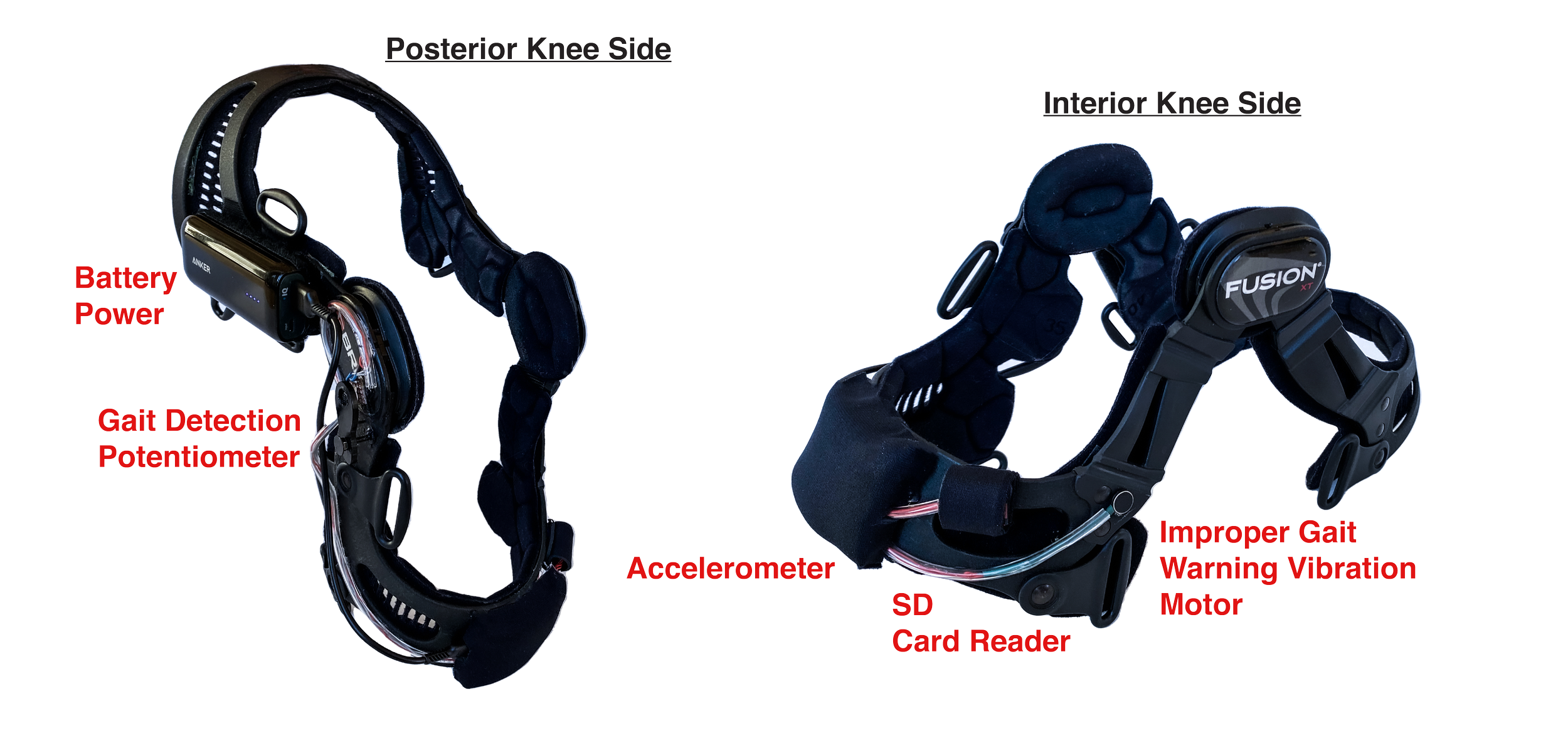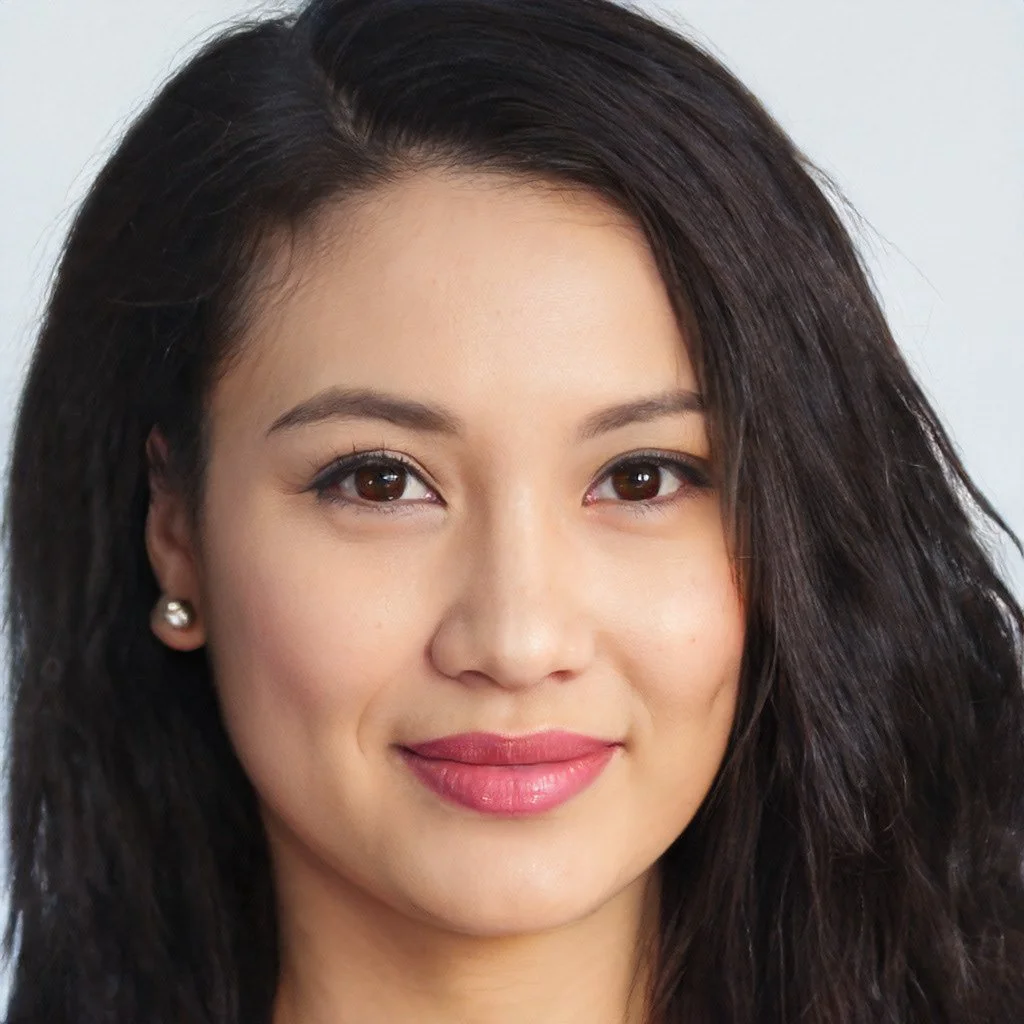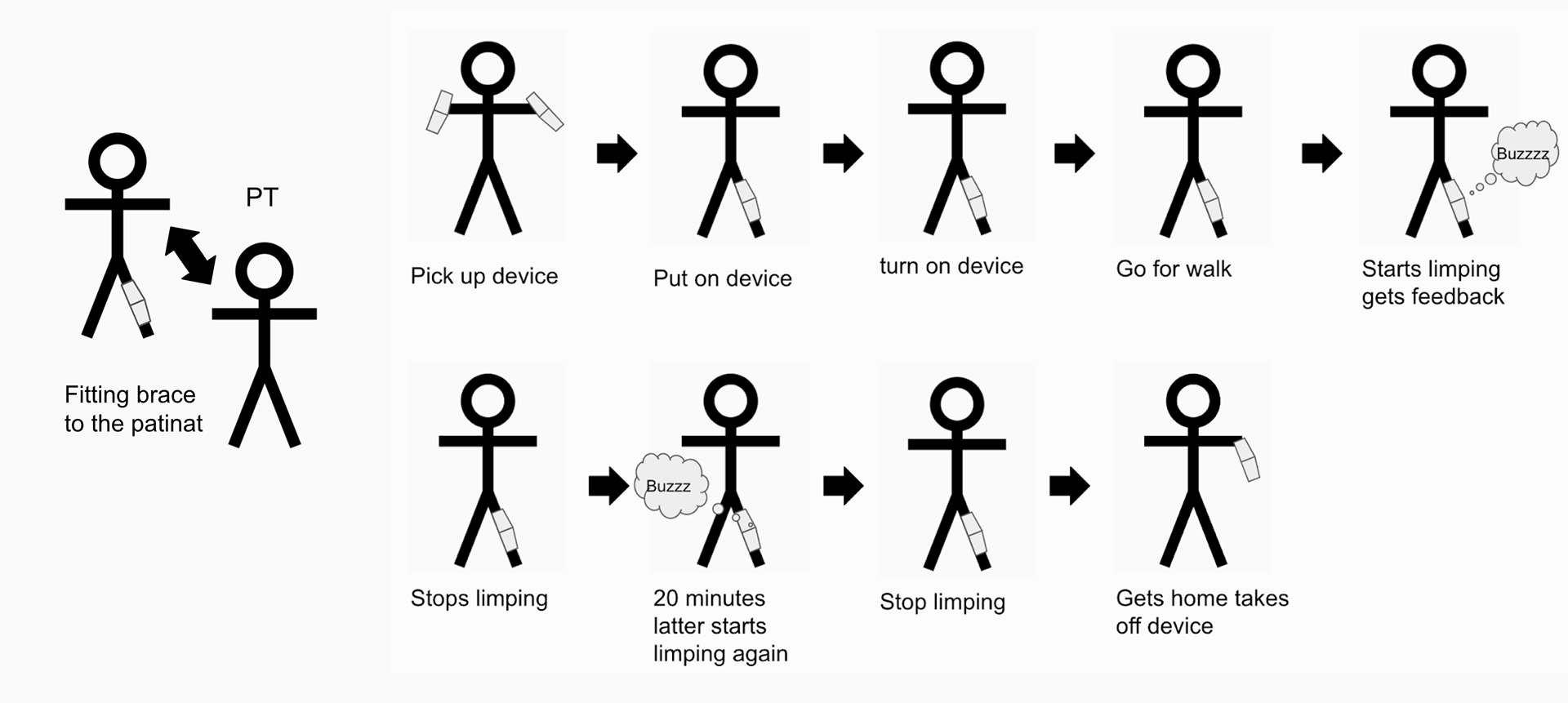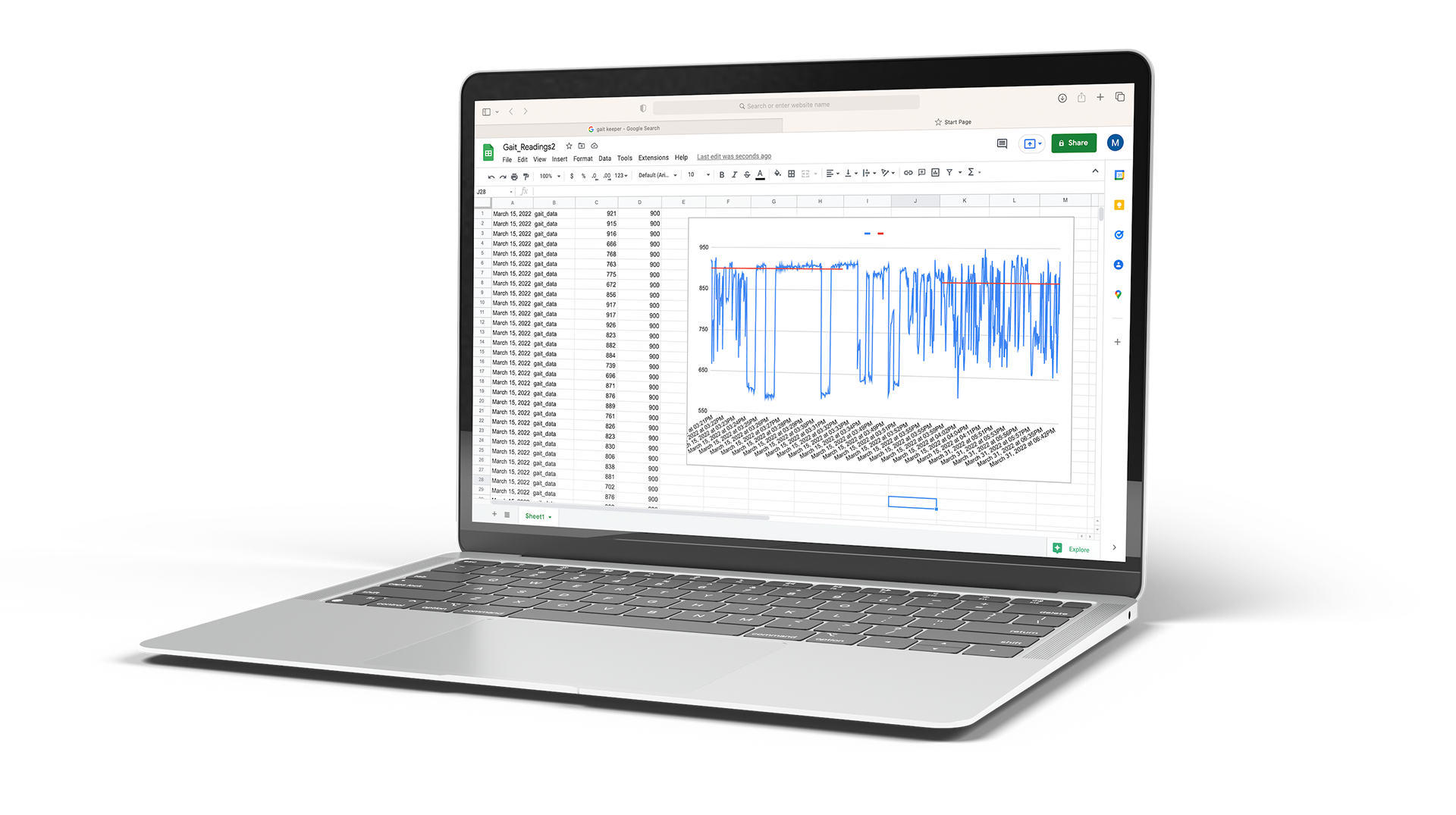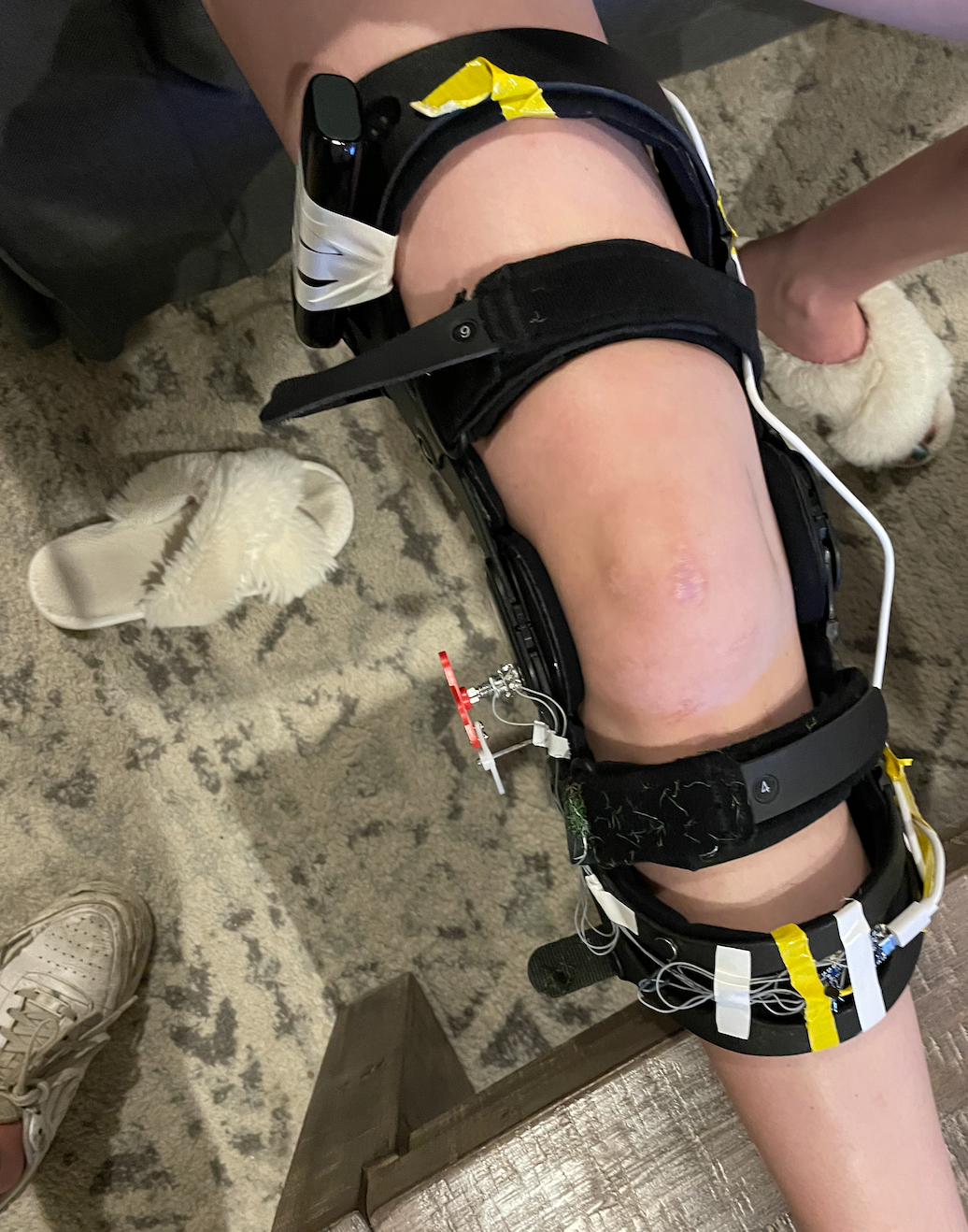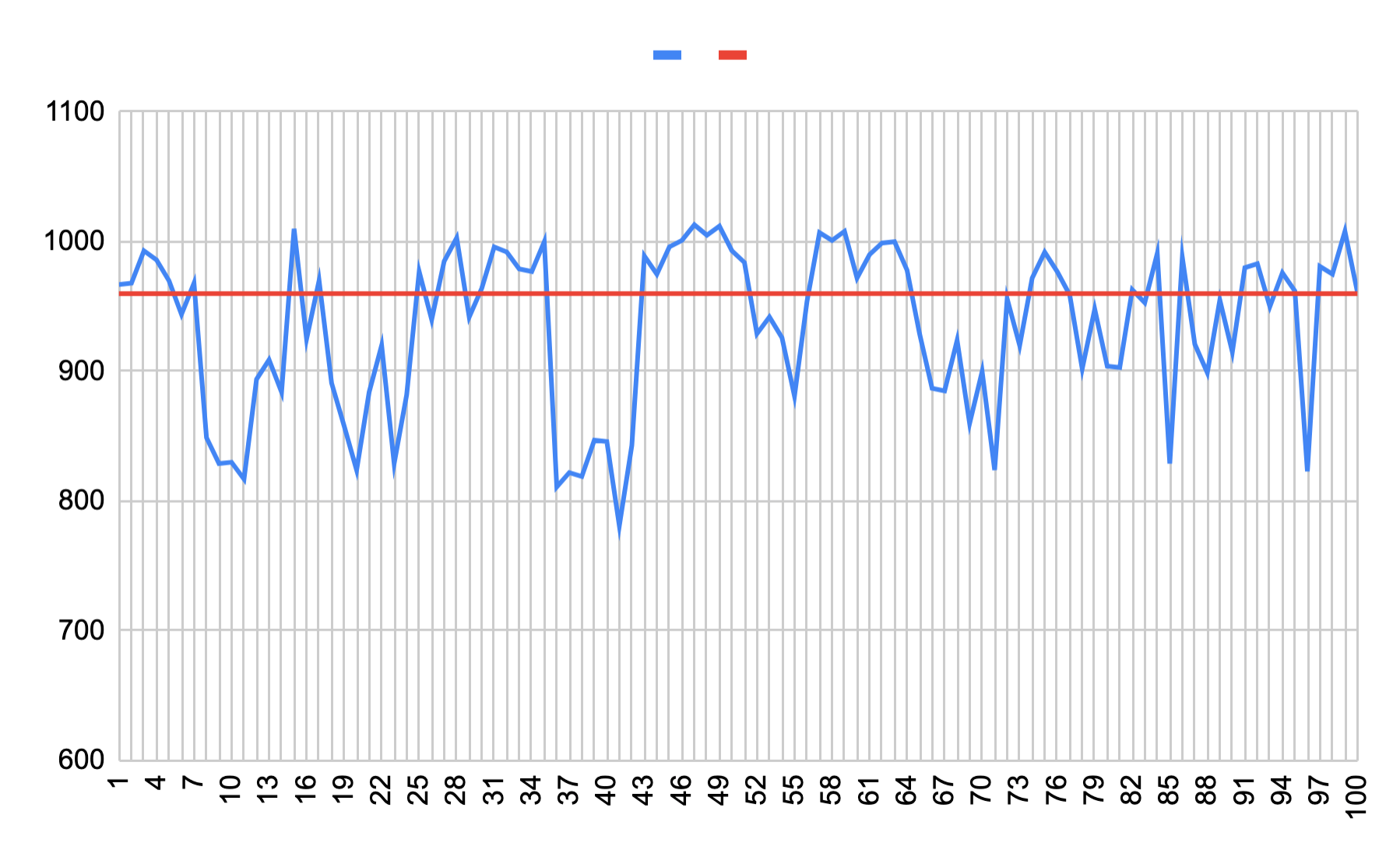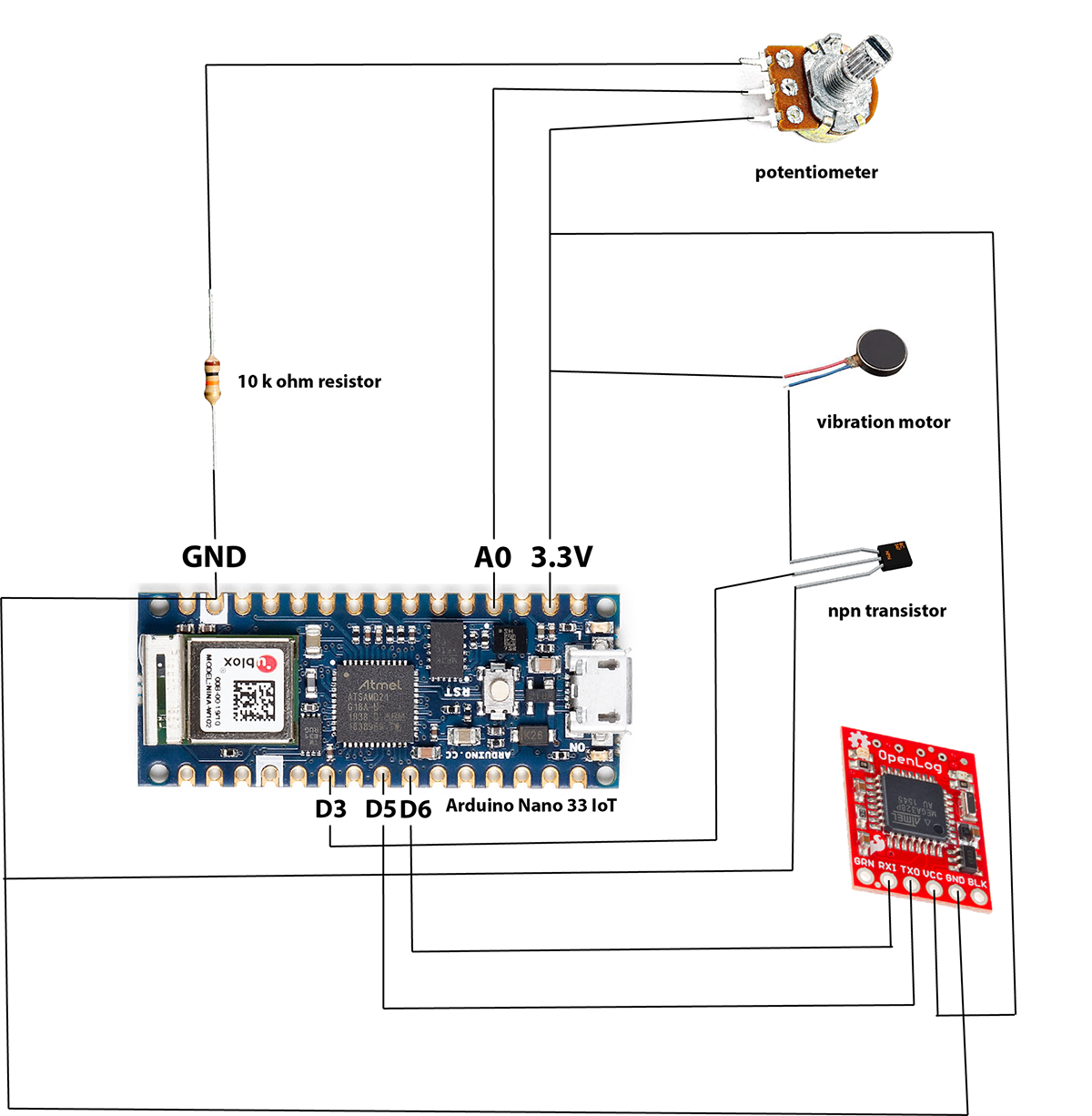Luxury Real Estate & Rental Homes Responsive Website
Design, development, and human factors testing of novel medical wearable knee brace and data charting using IoT software
-
Arduino, OpenLog, various sensors, BREG rigid brace, IFTTT, Webhooks, Google Sheets, Adobe Illustrator, Adobe Photoshop, Adobe Premiere
-
October 2021 – May 2022
-
Sponsored University of Colorado Anschutz School of Medicine
Senior Capstone advised by Aileen Pierce for the CTD BS in the ATLAS Institute at CU Boulder
Development Process
We followed the Agile Methodology for our iteration process in order to best include our target users in every stage of development and to ensure our plan was feasible, desirable, and viable along the way.
"Knee patients subconsciously build poor walking habits outside of the Physical Therapist's office"
Envision
During this phase of development we did our preliminary research on problem spaces in the medical field by looking at recent literature and talking to our first sponsor, Dr. Thomas Greany, who specialized in Dental Medicine. We looked into current research on wearable technology and well-developed sensors before narrowing our problem to surround Orthopedics and Physical Therapy. Before defining our solution, we decided on the scope of our project and the feasibility of possible technologies and incorporated money, time, and ability constraints.
Speculate
The Speculate Phase was when we identified our specific problem, explored use cases, storyboarded and created user personas, generated initial qualitative research with experts in the field (Orthopedic Surgeons, Physical Therapists, patients), and uncovered the "why" of our project. We came up with a solution and defined our Minimum Viable Product. With that, we planned the timeline and requirements for development. Our requirements included the physical parts of the brace and their defined form factor and the features of the brace and connecting software component.
Explore
Our Explore Phase consisted of 3 planned iterations of development in which we completed parts of our requirements document in the order we found most to least important. The second iteration was a working, low-fidelity version of our MVP. That way our final iteration had been a user-tested and fixed version of our original MVP.
Adapt
Following each iteration of the Explore Phase was the Adapt Phase, in which we did user testing and qualitative and quantitative interviews from technology and conceptual experts in the fields we were working in. We took what we learned into the next iteration in order to make the product that best fit our users' needs.
User Personas
Sam is a high school athlete who injured his knee. After knee surgery his main focus is making quick and full recovery so he can return to playing his sport. Sam’s mother notices that Sam changes the way he walks because of his knee injury and often nags him about walking properly. In order to stay on track for full recovery, Sam needs to focus on walking properly. (modeled off of Elsy’s brother who just underwent ACL reconstruction)
“My mom keeps telling me I am dragging my injured leg when I walk. I am worried that I won’t make a full recovery if I keep doing that subconsciously”
Mike is a 32-year-old construction worker who has been out of work for two months due to a knee injury. He has worked very hard in PT to get back to work as soon as possible. Oftentimes, he gets intense back-aches and his colleagues tell him he is walking with a limp. In order to fully recover to get back to work 100%, Mike needs to focus on returning his walking to normal.
“As a single dad I don’t have time to go to PT in between my work schedule and taking care of my kids. I need to make sure I am staying on track with rehab so that I can get back to work and provide for my family”
Sandy is a 1st year college student at CU Boulder who loves to ski. On opening day at Keystone, she tore her ACL on her first run down the mountain. After months of surgery, recovery, and PT, she is ready to get off her crutches but her family is worried about her walking to campus every day; they are afraid she will prolong her injury.
“Because my classes are all on campus, I am forced to walk around more during the day than I should be. I am worried that I am not taking care of my knee as best as I can while I am there”
Solution
Gait Keeper is a knee brace that enhances the recovery process and provides injury prevention by sensing bad walking and landing habits surrounding the knee and in turn notifies both the wearer and their PT or physician to hold patients accountable outside of the office throughout their daily routine.
It is designed to help recovering athletes as a preventative measure during high-intensity athletic events by also showcasing gait analysis data in real-time.
MVP User Flow
Software Overview
- Data from the brace is transferred to Google Sheets to be viewed by PTs/physicians/trainers
- SD card to visual overview: data from the brace is saved to an SD card and manually plugged into a computer - the data is inserted into a Google Sheets Template
Form Factor, Software, and Hardware Development
Designing the form factor of Gait-Keeper was vital to early design feasibility testing. If we could not make the brace light, comfortable, and slight enough with our sensor additions, we would have had to pivot our plan. With our first iteration of the brace's hardware component and form factor, we were able to start gathering initial data to start conceptualizing and forming our code to target walking gait analysis.
We began by focusing our code to detect a user's limping and inform them with the buzzer. Once our MVP was accomplished, we worked to include the PT software component: a visualization of patient walking patterns both between visits and in real-time.
